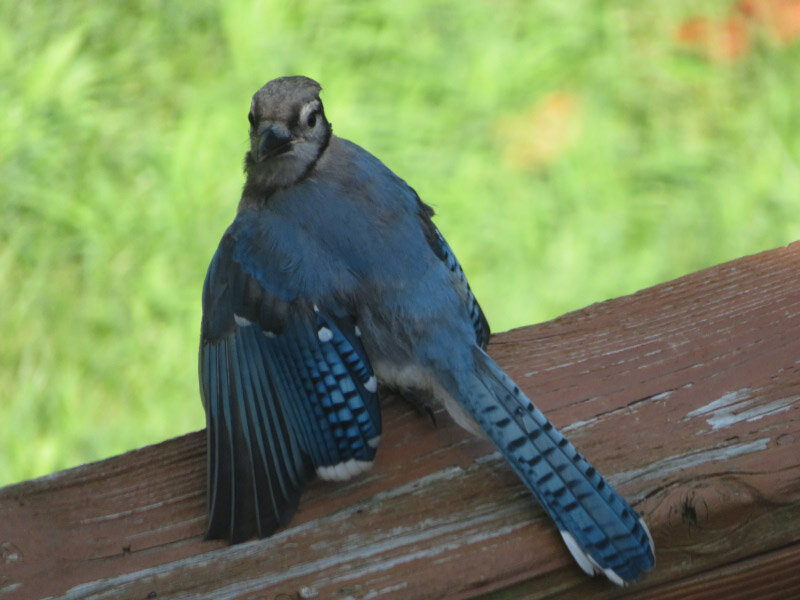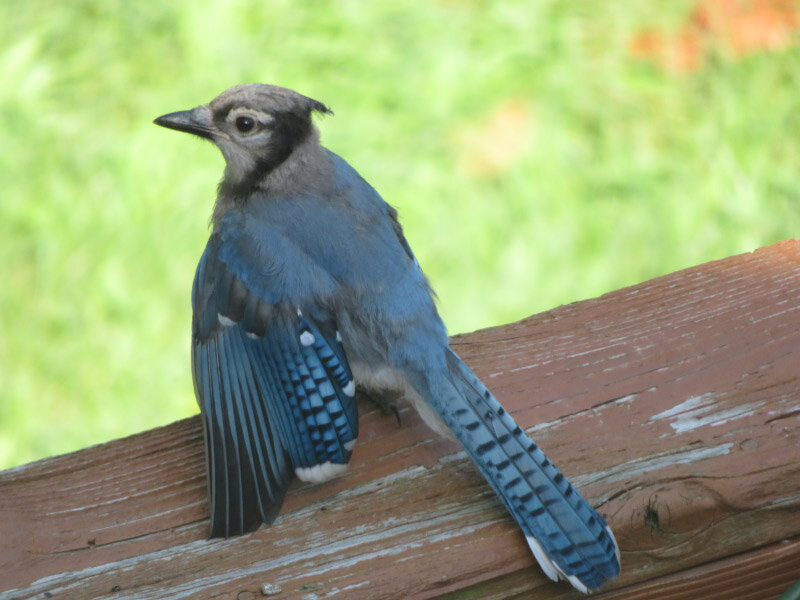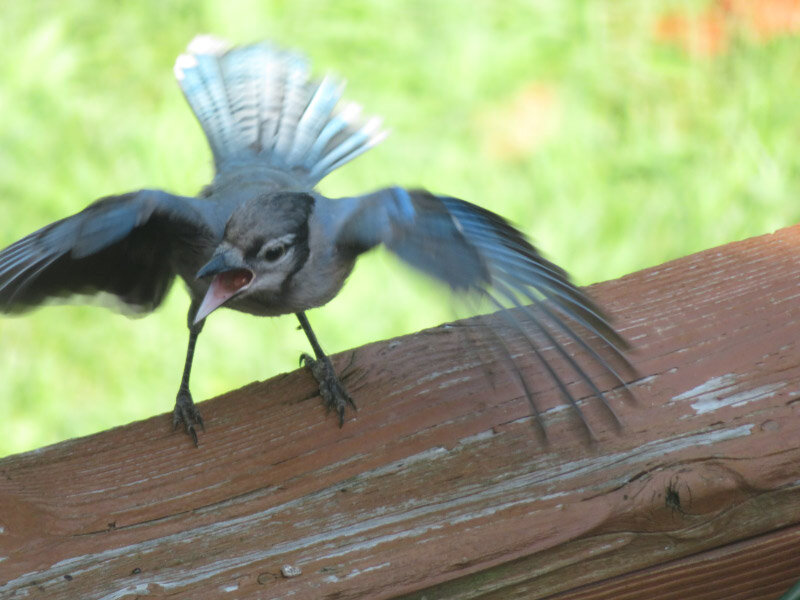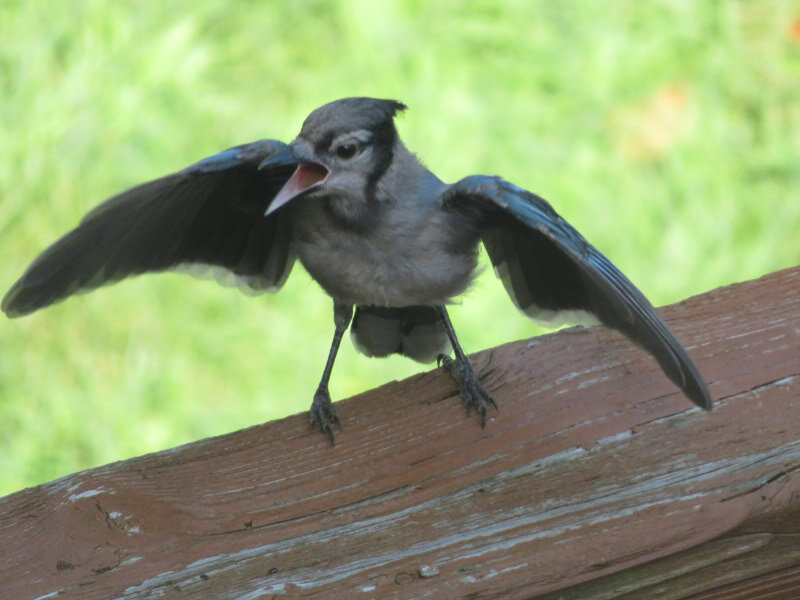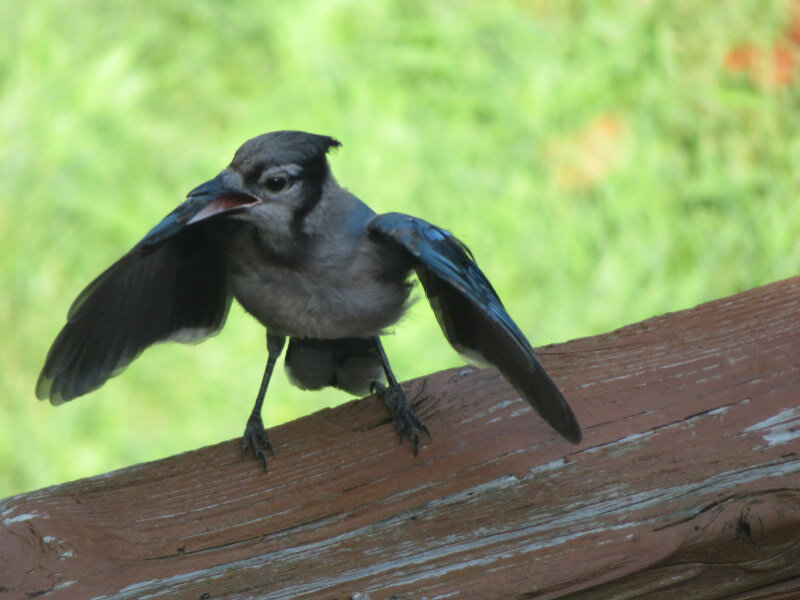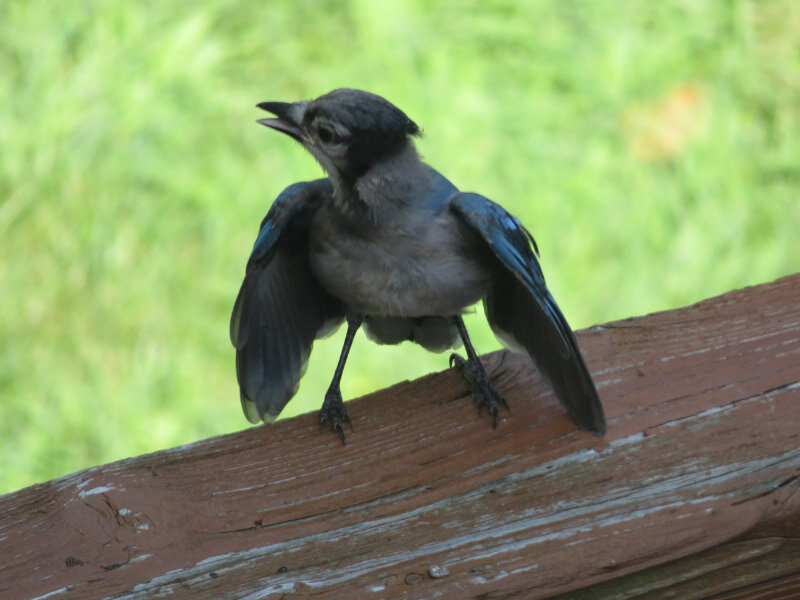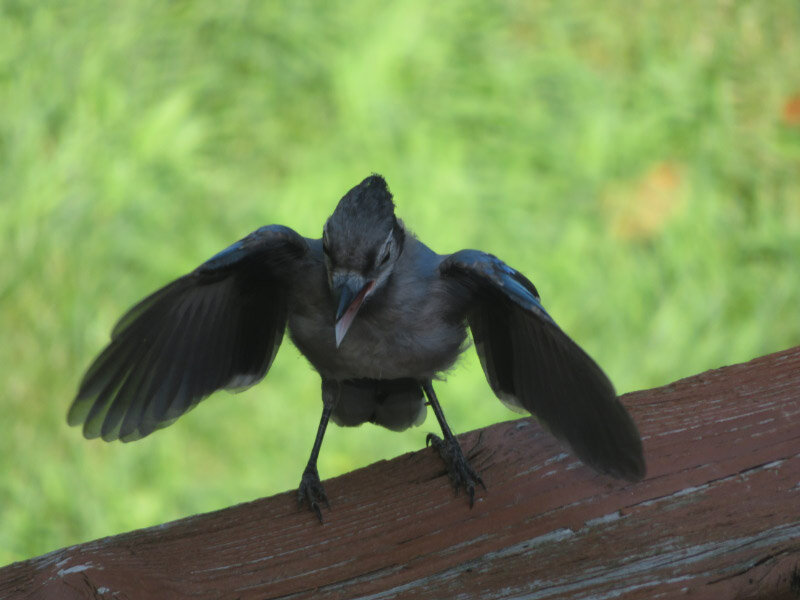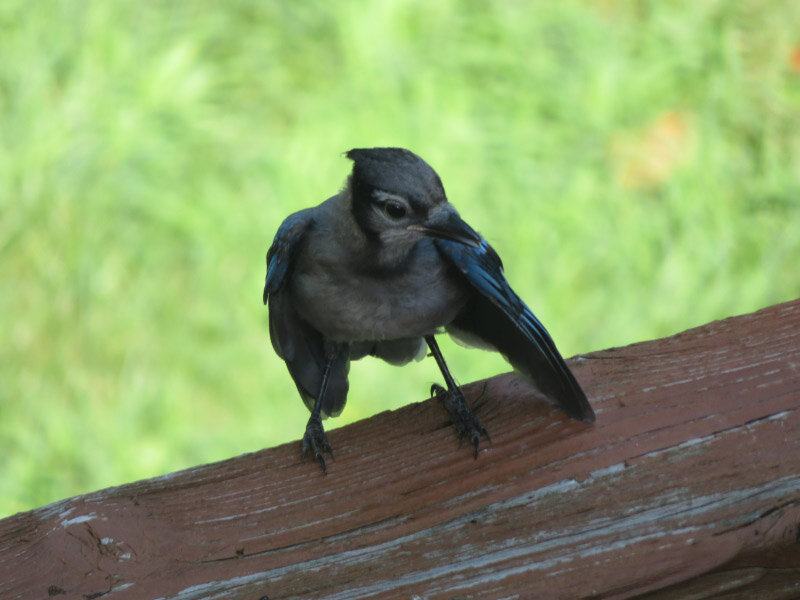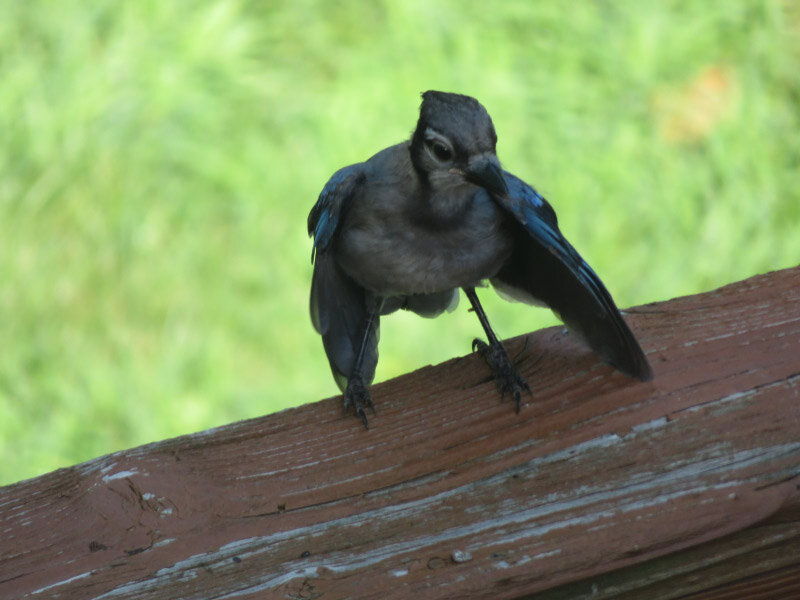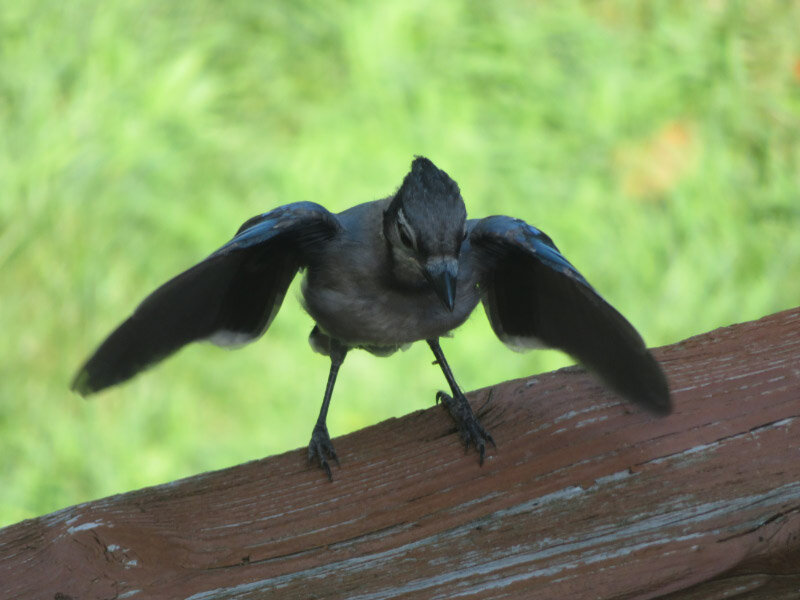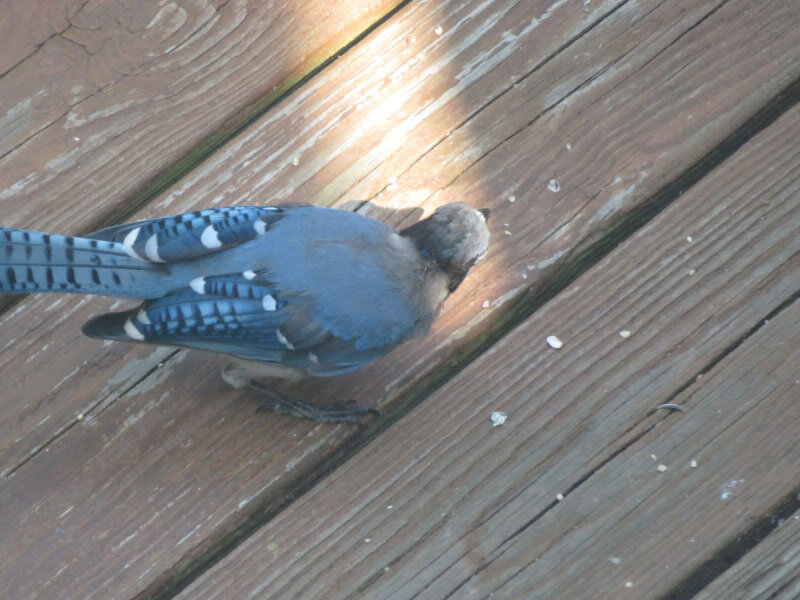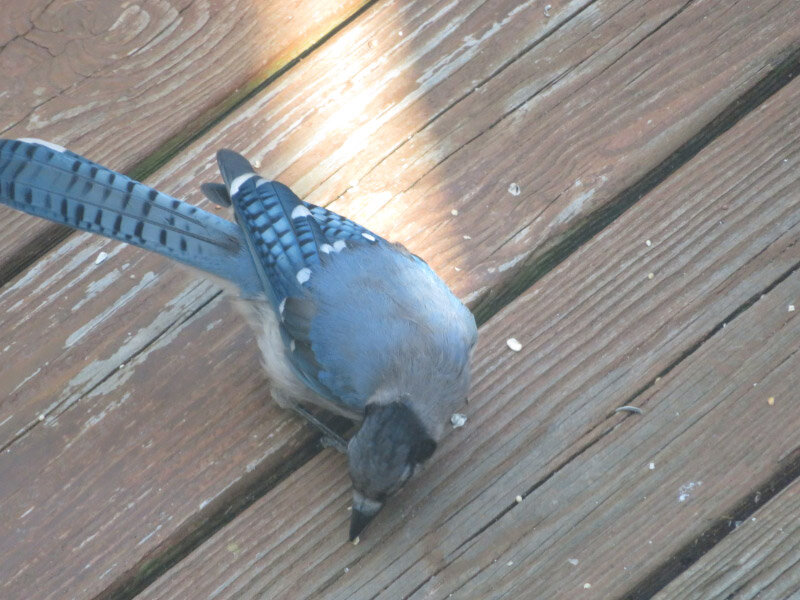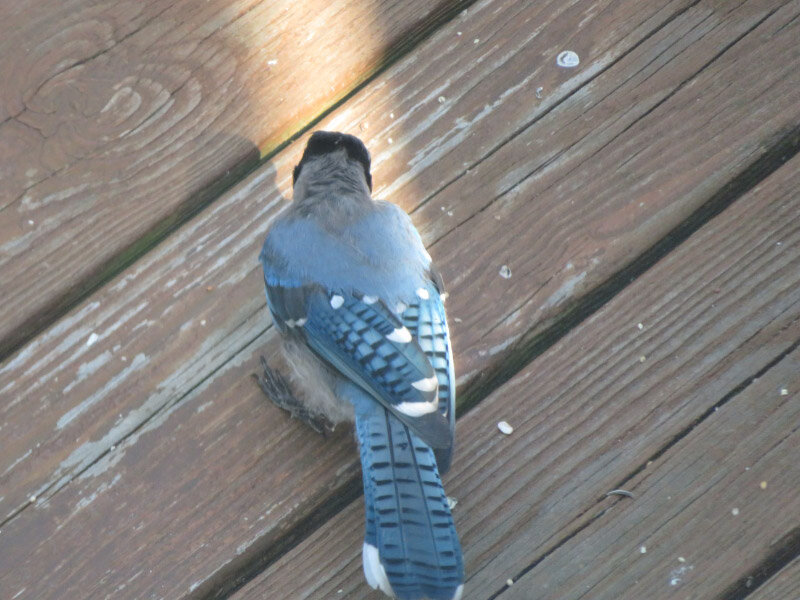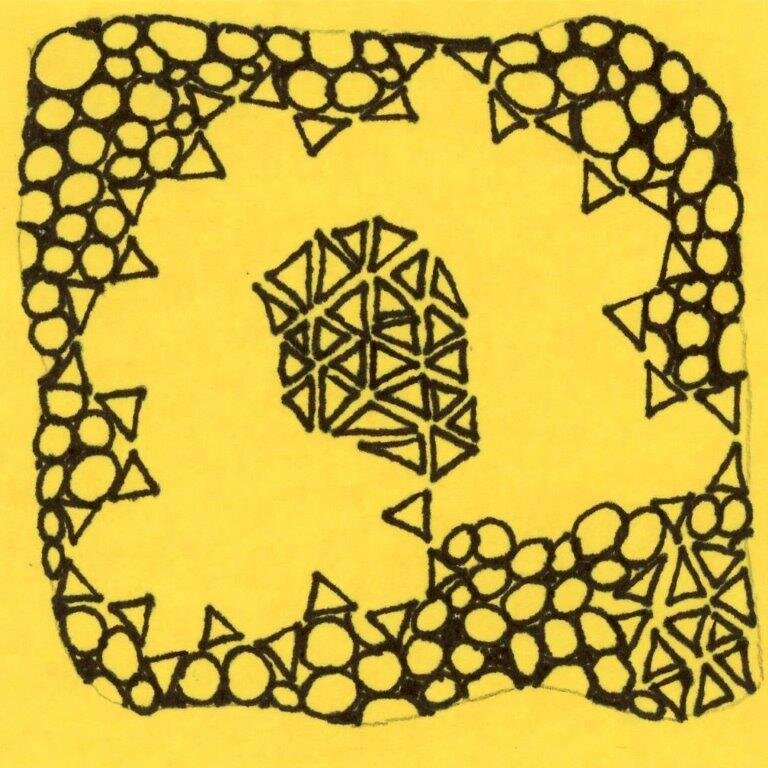Gleanings of the Week Ending November 15, 2025
/The items below were ‘the cream’ of the articles and websites I found this past week. Click on the light green text to look at the article.
Inflammation Starts Long Before the Pain in Rheumatoid Arthritis - Millions of people around the world suffer from rheumatoid arthritis, an autoimmune disorder that causes debilitating joint swelling and pain. New research reveals more early biomarkers for rheumatoid arthritis which may lead to ways to prevent, rather than treat, the disease.
Bottled Water is a Major Source of Microplastics - Nano- and microplastics have been linked in studies to inflammation, immune dysregulation, cardiac events, and metabolic disruptions. Though human data are still emerging, evidence also suggests a connection to respiratory disease, reproductive issues, and even neurotoxicity.
Traces of Opium Detected on Egyptian Alabastron - Traces of opium have been detected in an ancient Egyptian alabaster vase held in Yale University’s Peabody Museum. It had been previously suggested that such vases held perfumes or cosmetics for royal elites.
Gum disease may quietly damage the brain - Researchers observed that participants with gum disease had significantly more white matter hyperintensities, even after accounting for other risk factors. The findings hint that chronic oral inflammation could subtly impact the brain, especially in older adults.
6 Best Non-Toxic Lunch Boxes That Don’t Shed Microplastics – I am using my glass left-over containers….but I don’t need to carry my lunch every day!
How Air Pollution is Aging People Faster - Long considered mainly a threat to the lungs and heart, air pollution is now emerging as a driver of biological aging at the molecular level. With air pollution’s role in accelerating aging, researchers are exploring interventions ranging from reducing emissions to using protective measures. Alongside identifying the effects of different pollutants, scientists are now investigating the biological mechanisms through which air pollution accelerates aging.
Domestic Solar Manufacturing Booms During Trump Administration with Entire Solar Supply Chain Reshored - New data from the Solar Energy Industries Association (SEIA) shows that the entire solar supply chain has been reshored and U.S. manufacturing capacity has grown across every segment of the solar and storage supply chain. With the news of Hemlock’s new ingot and wafer facility coming online in Q3, the United States now has the capacity to produce every major component of the solar supply chain.
Covid 2020: Where cruise ships went to die - Aliağa Ship Breaking Yard in Turkey is the fourth-largest facility in the world for breaking down large ships, and as the effect of cancelled cruises began to bite, it's where many of the cruise companies sent their huge ships to die.
China Has Added Forest the Size of Texas Since 1990 - In many wealthy nations — the U.S., Canada, Russia, and much of Europe — forests are making a comeback, according to the U.N. assessment. As India and China become more developed, they too are seeing forests return. Even as fires and drought destroy some forest, on balance, these countries are adding trees. Over the last three and a half decades China has planted roughly 120 million acres of forest, according to U.N. figures, much of it added to contain the spread of deserts.
How Do Cadaver Dogs Recognize Human Remains? - Someday scientists will understand how cadaver-associated molecules bind to receptors in dog noses and how this binding, in turn, affects the molecules’ structure and chemistry. Knowing the exact stimuli that cadaver dogs pick up may also advance researchers’ efforts in building “electronic noses.” These chemical sensors are not meant to replace cadaver dogs but rather as stand-ins that could go to places that are inaccessible or too dangerous for dogs.

